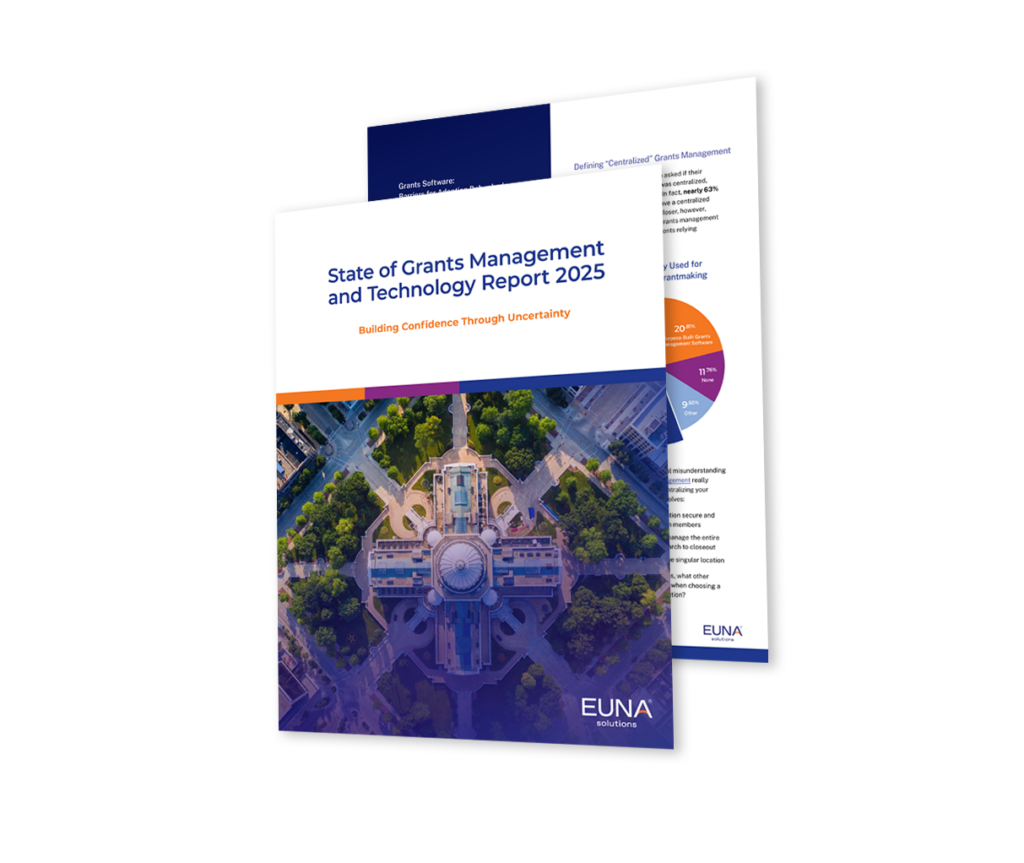For government agencies and utilities, managing payments manually across multiple departments isn’t just tedious — it’s risky. Manual reconciliation introduces financial errors, security vulnerabilities, and operational inefficiencies that can erode public trust and strain internal resources.
As budget pressures mount and economic uncertainty rises, local governments can no longer afford to overlook the hidden costs of keeping the status quo. In 2025, the stakes are higher than ever.
- Sales tax revenue is not hitting their projected numbers, likely due to inflationary pressures on constituents. For example, Tennessee missed its March 2025 sales tax revenue projections by $24.1 million, putting stress on discretionary funding at the local level (WBIR).
- A trickle-down effect from federal budget disputes is cutting off or reducing funding streams to states and cities. For instance, the University of North Carolina at Chapel Hill has announced job cuts and paused the construction of a $218 million research facility due to uncertainties surrounding federal research funding (axios.com).
- Meanwhile, the unemployment rate ticked up to 4.2% in March 2025, reflecting potential losses in income tax revenue and growing service demand (BLS).
So what are you truly risking by continuing to manage payments manually? Below, let’s look at some of the biggest concerns.
Top Risks of Manual Reconciliation
1. Human Error and Inaccurate Reporting
Manual processes and older systems are prone to mistakes—miskeyed entries, missed payments, or duplicate records—leading to inaccurate reconciliation and reporting. Errors can result in financial discrepancies, lost revenue, and diminished public trust.
2. Increased Risk of Fraud and Security Breaches
Without systemized checks, manual reconciliation can expose agencies to internal fraud and weak data protection, making compliance with standards like PCI Level-1 extremely difficult. According to the Association of Certified Fraud Examiners (ACFE), organizations lose an estimated 5% of annual revenue to fraud, emphasizing the need for robust detection mechanisms
3. Time-Consuming and Resource-Intensive
Staff spend countless hours cross-referencing spreadsheets, manually confirming payments between multiple systems, and producing reports. This inefficiency not only wastes time but diverts resources away from higher-value activities like citizen engagement.
4. Lack of Real-Time Visibility
Manual processes create lag time between when a payment is received and when it is reconciled. Finance teams lack real-time insight into cash flow, hindering quick, data-driven decision-making. These delays can also cause more customer service issues such as people calling in to confirm their payment has been made.
5. Siloed Data Across Departments
When each department manually handles its own reconciliation, financial oversight becomes fragmented. This leads to inconsistencies across reports, challenges during audits, and slower cross-agency collaboration.
How a Modern Payment Solution Helps Mitigate These Risks
As the volume and complexity of payment types increase, the stakes are even higher. That’s why many agencies are moving toward automated, cloud-based payment solutions to protect their revenue, improve reporting accuracy, and better serve their communities.
Automated, Real-Time Reconciliation
Euna Payments’ Revenue Management centralizes revenue collection from all channels—online, cashiering, kiosks—and automates reconciliation across departments. This eliminates manual processes and significantly reduces errors.
Enterprise-Grade Security and Compliance
With PCI Level-1 compliance and SOC 2 Type 1 & 2 certifications, Euna Payments ensures that sensitive payment data is fully secured. Agencies can also eliminate the operational burden of maintaining PCI standards internally.
Time Savings and Increased Staff Efficiency
By automating payment processing, reporting, and reconciliation, Euna Payments allows finance teams to reallocate hours from manual administrative work to strategic financial planning.
Complete Visibility and Data Transparency across Agencies
Agency leaders gain access to real-time dashboards and reports, providing instant insights into cash flow and revenue trends across departments. This supports better forecasting and budget management.
Unified, Multi-Channel Payment Management
Euna Payments supports cashiering, kiosk, and online transactions on a single, fully integrated platform. Staff no longer juggle fragmented systems or reconcile siloed data, making audits and financial oversight straightforward and reliable.
Conclusion
Manual reconciliation is no longer sustainable for agencies striving for financial transparency, operational efficiency, and public trust. By automating payment processes and centralizing revenue management, you can save your staff time, ensure compliance and data security, and safeguard against human error.
To learn more about how modern payment solutions can alleviate the risks associated with manual reconciliation, read our full guide here.
If you’re ready to take the next step, Euna Payments empowers finance leaders to reduce risk, reclaim valuable staff time, and gain real-time insight into every dollar collected. With industry-leading security, seamless integration, and a focus on user-friendly experiences, Euna Payments ensures your agency is leading the way in modern, secure, and efficient revenue management.
Euna Solutions, a leader in government technology, designs, builds, delivers, and supports trusted procurement, payments, grants management, and budgeting software for the public sector.

